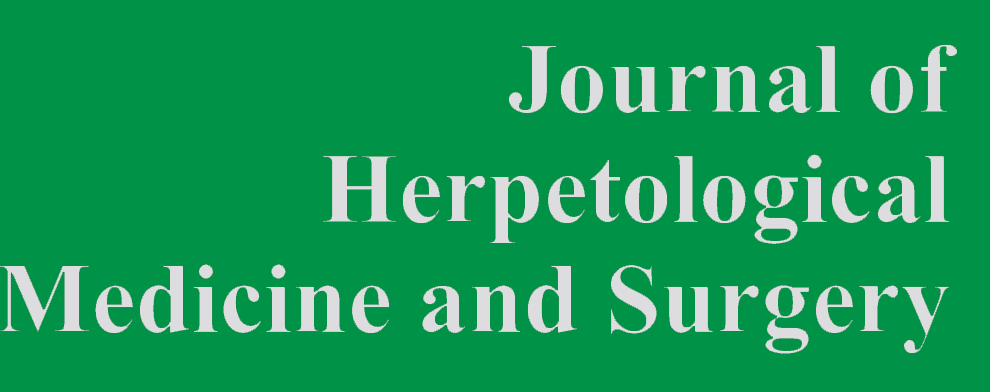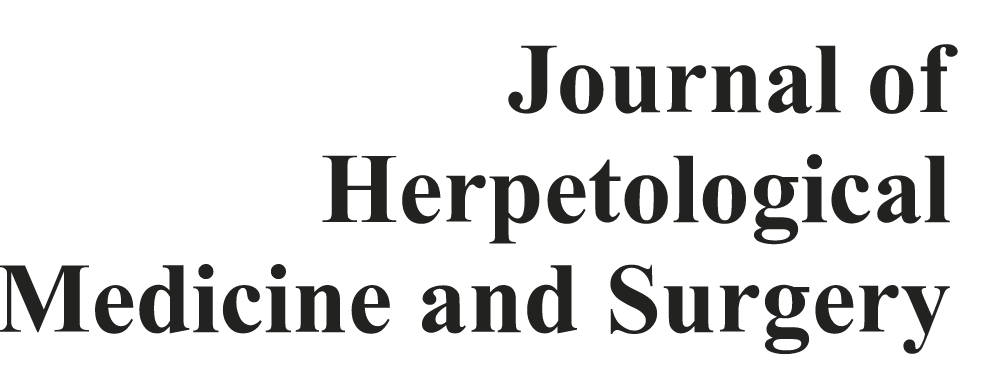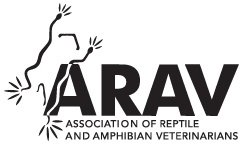Structural Changes in the Ovaries and Oviducts of the Green Iguana (Iguana iguana) Based on Developmental Stage and Reproductive Cycle
This report represents an investigation of the anatomical and histopathological structures associated with the female reproductive organs of Iguana iguana. The gross anatomy and histology of the ovary and oviduct of I. iguana were compared between immature and mature stages, and at different times in the estrous cycle. Although the structure of the reproductive organs of I. iguana was similar to historic descriptions, there were significant morphologic differences depending on the growth stage and phase of the reproductive cycle. Our results provide basic information related to the occurrence of ovarian and oviductal disease, which can be used when interpreting pathologic changes of the reproductive tract of female I. iguana.Abstract

Ovaries and oviducts of immature female (No. 1). Ovaries are small and oviducts are filamentous, fine, and tortuous. On the surface of the ovaries are innumerable small granular follicles that were difficult to confirm grossly.

Ovary of mature anestrous female (No. 2). Follicles developed like cysts containing transparent liquid.

Ovaries and oviducts of mature estrous female (No. 4). During estrus, the ovaries were covered with mature follicles in which vitellogenesis had occurred and presented botryoid clusters. The oviducts were also well developed.

Ovaries and oviducts of mature ovulating female (No. 5). In the ovaries innumerable small follicles and concavities were seen, and many eggs with chorions filled the oviducts.

Histological image of ovary of immature female (No. 1) (H&E stain, × 40). Simple or cuboidal epithelium was seen in the outermost layer, and fibroblast-like cells were aligned in the inferior layer. In the lower layer, cells with nucleolar clear ovate large nuclei and eosinophilic, weakly stained cytoplasm formed focal aggregations. Follicles presenting an immature formation were also seen.

Histological image of follicle of mature estrous female (No. 3) (H&E stain, × 200). Fibrous, flattened cells aligned in 2–3 layers are seen around the outside of the follicles, and clusters of eosinophilic cuboidal cells are seen in the inner layer.

Histological image of oviduct position A (H&E stain, × 40). The tissue had a fold-like presentation with thin folds and limited smooth muscle.

Histological image of oviduct position C (H&E stain, × 40). Depressed simple glandular structures can be seen.

Histological image of oviduct position D (H&E stain, × 100). Exocrine glands present dendritically and grow toward the lamina propria.

Histological image of oviduct position E (H&E stain, × 40). Numerous complex folds with papillary hyperplasia toward the lumen were found.



